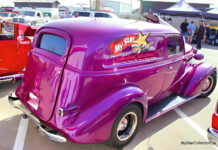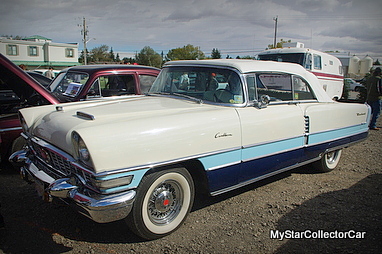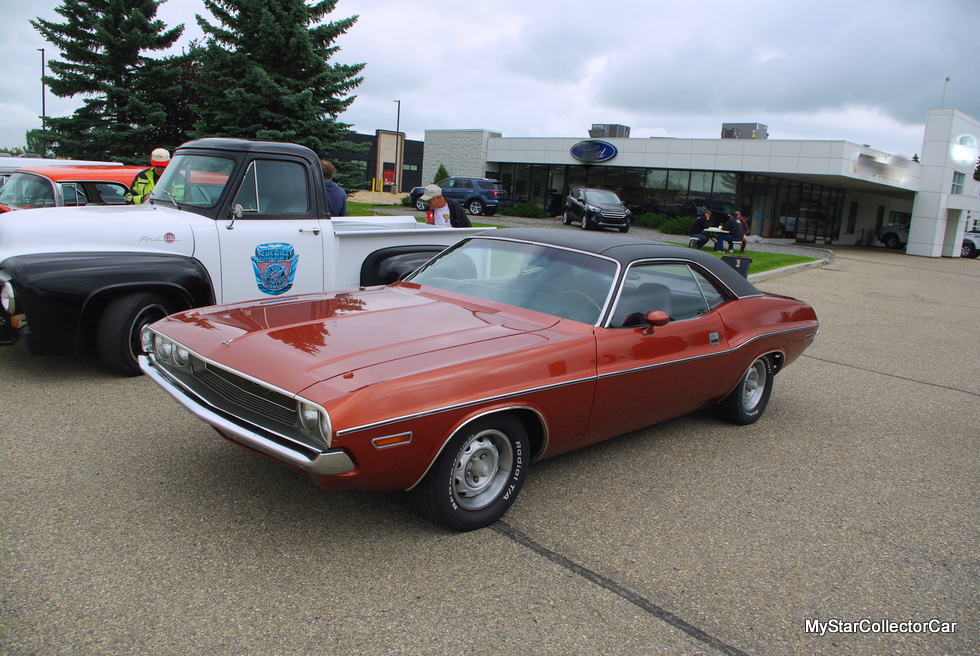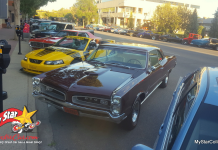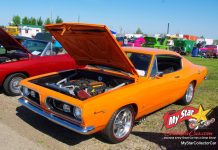We’ve all seen the meteoric rise of Mopar muscle prices at every auction over the last ten years.
These cars have achieved mythical status–but what did people really think of these cars when they were new?
You can’t take a time machine in the literal sense, but you can read a review of the ’68 GTX (hemi and 440) when they were fresh off the factory floor back in March 1968.
Jerry Sutherland
Popular Hot Rodding published from 1962 to 2014—they were one of the biggest names in the car magazine culture, so they were well-respected in the car hobby. They tested a ’68 GTX convertible with an elephant 426 hemi under the hood. They also tested a 1968 GTX two-door hardtop with a 440 big block.

The guys at Popular Hot Rodding thought the convertible’s 300 extra pounds would offset the obvious advantage of its 426 hemi over a four-barrel 440, so they thought the cars would be relatively close in the ¼ mile.
They were wrong. The big, bad, hemi 4000-pound convertible GTX spanked the 440 hardtop GTX–the hemi ran a 13.85 at 104 miles per hour while the 440 big block ran a 14.6 and 99 mph quarter mile. These cars were fine-tuned to run their best at the track plus the hemi was running race slicks for the 13-second run.

Both cars had built-in mechanical improvements over the previous year. The 440 had a few tweaks on the carb, heads, and valve springs. The guys liked the better response from the big block over the ’67 version and they were impressed with its street manners.

They were less enthusiastic about the street hemi convertible. They were 426 hemi veterans from previous years and they liked the improvements in the valve springs, piston rings and cam that made the car rev higher by 400 rpm so the concluded “the engine feels stronger”.

They didn’t like how the hemi ran in the real world—they reported: “The street hemi has never been easy to handle in traffic, and the ’68 GTX is no exception. It consistently loaded up and the plugs broke down after only 600 miles of driving”.

The Popular Hot Rodding guys liked the attention behind the wheel of the two Plymouths because these cars were a big departure from the ’67 models: “Although we were several months past the new car introduction stage, we attracted admiring glances from a lot of people”.

They didn’t like the idiot lights and the lack of a tachometer on the GTX duo, and they weren’t crazy about the handling—except in a straight line. The hemi car had six-and-one-half springs on the right side for better traction plus it had a transmission cooler.

They thought the heavy-duty suspension was “soft and mushy in turns and easily strayed by cross winds” — plus the compound curves in the rear window distorted the view, so they relied on the side mirrors. They were unimpressed with the dash and called it “not very flattering and certainly not very functional”.

Their biggest problem with the design of the car was the ashtray: “It was all but impossible to put a cigarette out in the ashtray because it was recessed in the dash a good two inches. And it’s a barrel of laughs trying to get ashes in the thing”.
That’s how they saw these cars when they were brand new back in ‘68. Times change–cars like this are hot in every market because they are hard to find and even harder to buy.
Jerry Sutherland
By: Jerry Sutherland
Jerry Sutherland is a veteran automotive writer with a primary focus on the collector car hobby. His work has been published in many outlets and publications, including the National Post, Calgary Herald, Edmonton Journal, Ottawa Citizen, Montreal Gazette, Saskatoon StarPhoenix, Regina Leader-Post, Vancouver Sun and The Truth About Cars. He is also a regular contributor to Auto Roundup Publications.
- CLICK HERE TO SIGN UP FOR THE NEWSLETTER
- CLICK HERE to Like us on Facebook
- CLICK HERE to Follow us on Twitter
- CLICK HERE to Follow us on Pinterest
Please re-post this if you like this article.









